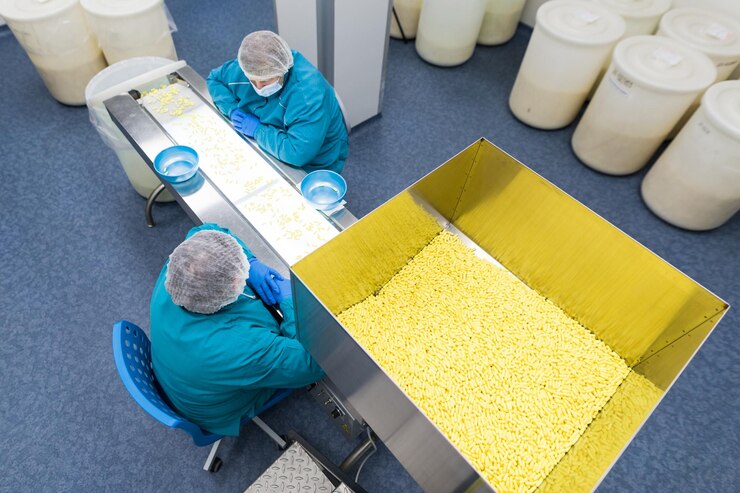1. Introduction
Granular recovery technology refers to the innovative processes and systems designed to improve the efficiency of recovering materials from various environments. These materials, often used in industrial applications, are typically recovered from waste, damaged goods, or the natural environment. This technology helps in extracting valuable resources from sources that would otherwise be discarded or deemed unusable. Granular recovery is particularly valuable in industries like recycling, mining, and waste management, as it enhances sustainability, reduces waste, and contributes to circular economy practices. Understanding the mechanisms behind this technology and its practical applications is crucial for industries aiming to adopt more efficient and eco-friendly methods of material recovery.
2. Key Components of Granular Recovery Systems
The key components of these systems typically include recovery machinery like vibrating screens, air classifiers, and rotary separators. Rotary separators work by rotating materials to efficiently separate them by size or density. Each component works in harmony to maximize recovery efficiency and ensure the purity of the final product.
3. Advantages of Granular Recovery Technology
Granular recovery technology offers several notable benefits, particularly in terms of efficiency and sustainability. This technology helps to reduce landfill usage, thereby lowering environmental impact.
4. Applications of Granular Recovery Technology
Granular recovery technology is used across various industries, including construction, waste management, and mining. In construction, it helps to recover aggregates and sand from demolished structures or leftover materials from construction projects. Similarly, in waste management, it helps recover and sort materials from municipal waste, facilitating recycling and reducing landfill waste. The versatility of this technology makes it an essential tool in industries focused on improving resource efficiency and minimizing environmental impact.
5. <strong>Challenges in Implementing Granular Recovery Technology
While offers numerous benefits, its implementation can present certain challenges. One of the main challenges is the cost of installing and maintaining these recovery systems. Despite these challenges, the benefits of often outweigh the initial costs, especially as industries continue to emphasize sustainability and efficiency.</p>
6. Future of Granular Recovery Technology

The future of granular recovery technology looks promising, with ongoing innovations aimed at improving its efficiency and effectiveness. Advancements in artificial intelligence (AI) and machine learning (ML) are likely to enhance the accuracy of sorting and recovery processes, making systems smarter and more adaptable to different types of materials. Additionally, as industries continue to push for sustainability and circular economy practices, will become increasingly important.
7. Conclusion: Embracing for a Sustainable Future
Granular recovery technology is an essential component in the ongoing quest for sustainability and resource optimization. By enabling the efficient recovery of granular materials, industries can not only improve their operational efficiency but also contribute significantly to environmental conservation.</p>
